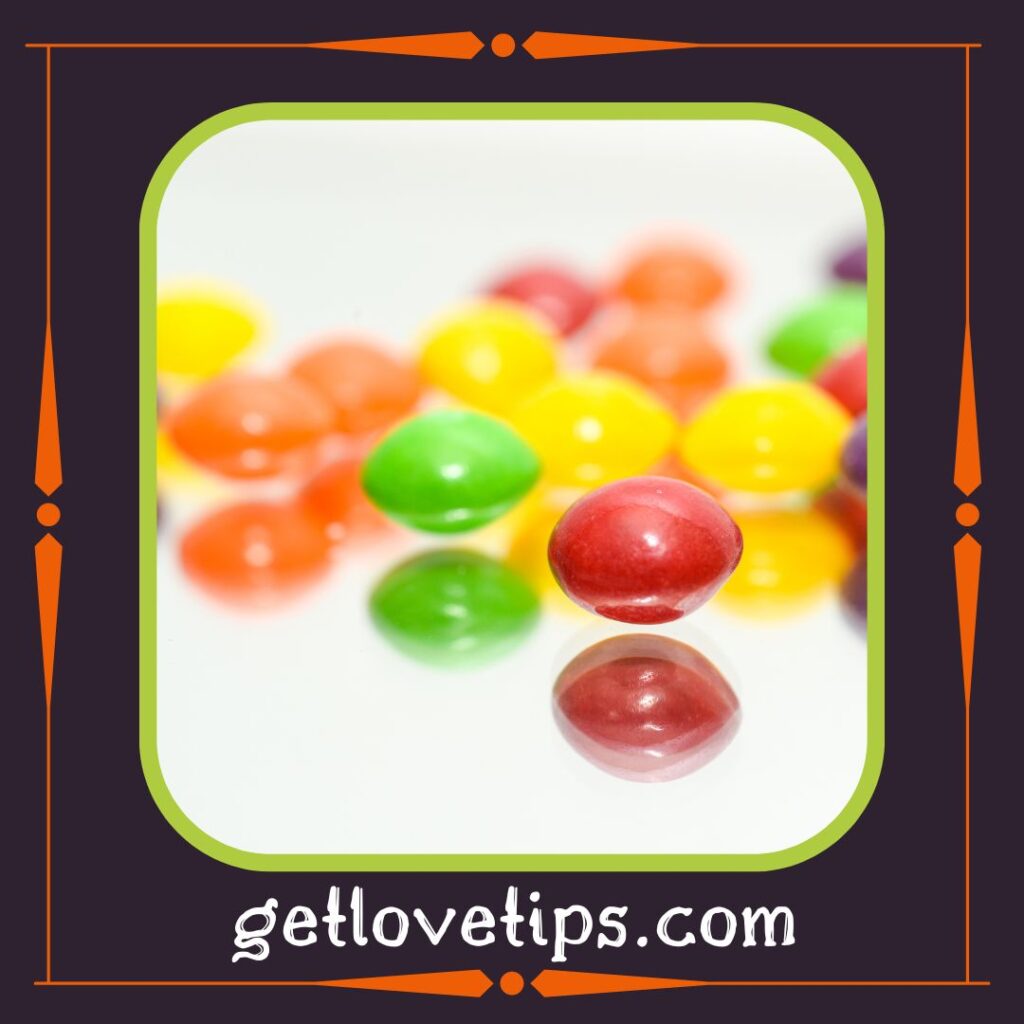Hello World. Color is used to convey action, affect mood, and even affect physiological responses. It is a potent communication tool. Color psychology researchers study how various hues have various psychological implications, connotations, and meanings. We will share some Knowledge About Colour Psychology.

Colour Psychology
The psychology of color is centered on how colors affect sighted individuals mentally and emotionally in many areas of life. Remember that different cultures will interpret, interpret meaning differently, and perceive things differently. The topic of color psychology examines how various hues affect how people behave. Across cultures, different colors have diverse meanings, implications, and psychological consequences. The idea of color psychology has gained popularity in a variety of fields, including marketing, art, design, and others despite the general paucity of study in this area. Knowledge About Colour Psychology includes many domains.
Psychology Impact Of Colour Psychology
While color perceptions might be fairly personal, other color effects have a more general significance. Warm colors include red, orange, and yellow, which are those in the red region of the color spectrum. These warm hues arouse a range of sensations, from warmth and comfort to rage and hatred. Cool hues include blue, purple, and green, which are on the blue end of the color wheel. Different blue tints or tones have various connotations with other colors.
Read More: Role Of Healthcare Professionals
Orange is moreover a lively color. Orange, along with other warm hues like yellow, can convey elation and other potently uplifting feelings. Green is also a secondary hue connected to nature and growth. Along with other cool colors like purple, green however provides a relaxing effect.
Colour Psychology As Therapy
Colorology or light therapy are additional names for chromotherapy. Red energizes the body, intellect, and circulatory system. Yellow awakens the nervous system and cleanses the body. Energy levels raise with orange. Blue eases pain and alleviates ailments.

Some have a relaxing effect. Although it might not seem like it, colors have a bigger impact on our lives than most of us realize. A color therapist may accomplish this by asking you about your favorite colors during counseling. Like many other complementary therapies, color therapy has gained popularity through time and is now one of the most in-demand procedures.
Read More: Managing Your Time
Safe and painless, used by both adults and children as well as the elderly. Focuses on a condition’s physical manifestations as well as its underlying causes. Balances the body’s chakras, also aid in meditation and relaxation, and has the power to enlighten and transform a person. It is however possible to utilize color therapy alone or in conjunction with other therapies like physiotherapy or conventional medicine. A safe and successful treatment.
It Can Influence The Performance. While seeing red ink on a graded test is never pleasant, one study revealed that seeing red before taking an exam actually decreased test performance.
Impact On Marketing And Advertisement
It’s common knowledge that marketing and advertising use color psychology. They have moreover enough faith in the principles of color psychology to incorporate them into their advertising. Is evidenced by the fact that certain businesses have extensively invested in this kind of study and that many others have followed. Because red is a striking, attention-grabbing hue, favoring this kind of vehicle may indicate that you want to convey an air of strength, movement, and confidence. People that drive grey cars also seek something a little more understated and don’t want to stand out.